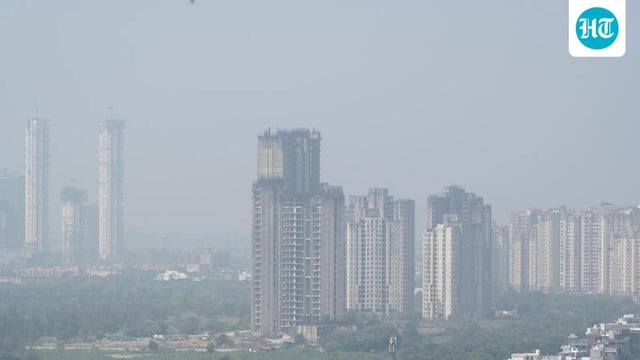Overview
- A uniform 30% reduction in PM2.5 is projected to lower average disease prevalence from 4.87% to roughly 3.09%, according to Climate Trends and IIT-Delhi.
- Modelled reductions among women include heart disease down 3–10%, diabetes 8–25%, hypertension 2–8%, and COPD 3–12%, with child anaemia, low birth weight, and lower respiratory infections also declining.
- The largest co-benefits cluster in northern and eastern states, with notable gains cited for Delhi, Uttar Pradesh, Bihar, Assam, Haryana, Punjab, and parts of the Indo-Gangetic plain.
- Child health improvements are expected to be most visible where pollution and baseline burdens are high, including steep drops in respiratory infections in Bihar, Delhi, Odisha, and Jharkhand and better birth weights in Bihar, Assam, Uttar Pradesh, Punjab, and West Bengal.
- The dashboard draws on NFHS-5 prevalence data, Indian epidemiological studies, and satellite-derived PM2.5 across 641 districts, while noting scope limits from 2011 district boundaries and extrapolating city-focused NCAP targets to districts.
